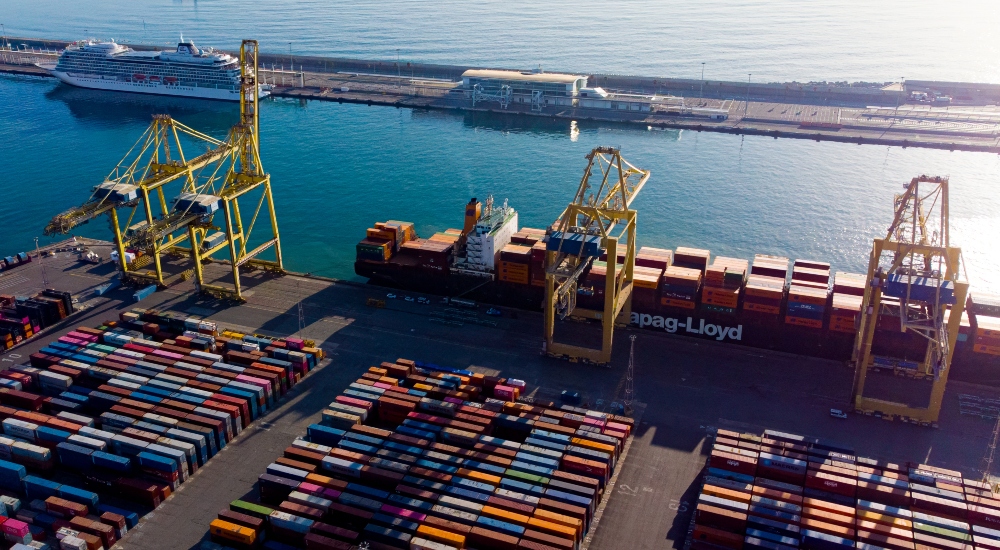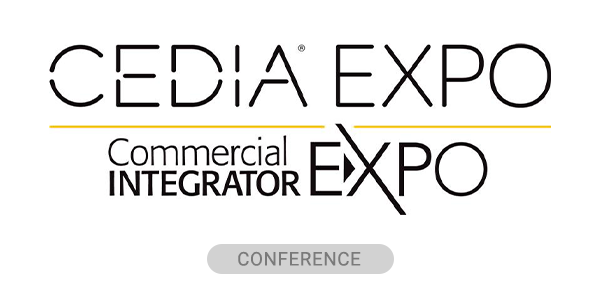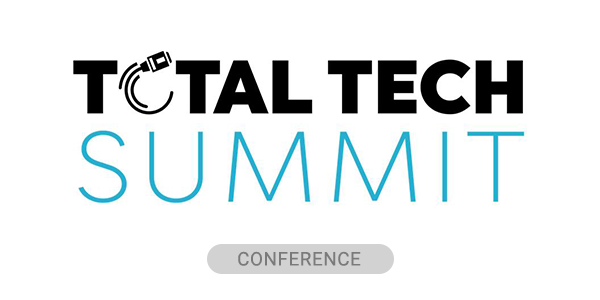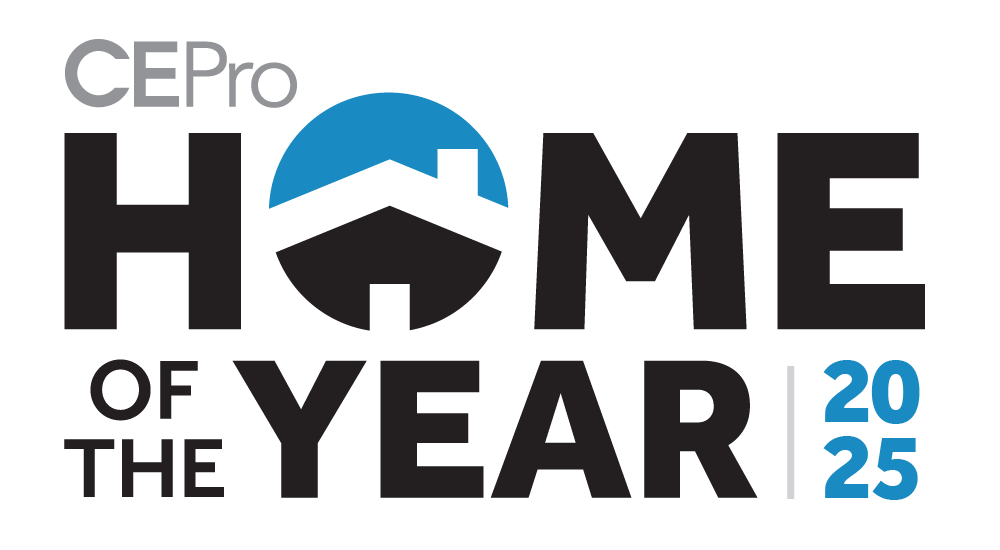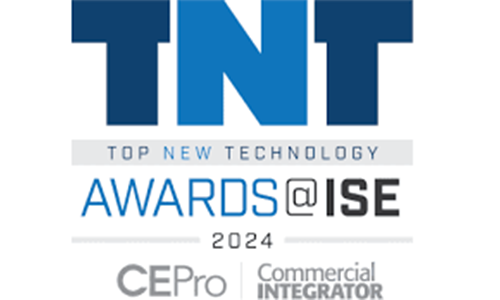Tariffs are in the headlines — and for those of us in the security industry, it’s the latest chapter in a long stretch of rising costs and supply volatility.
Over the past few years alone, we’ve seen COVID-era chip shortages, global supply chain constraints, inflation across nearly every component and a rapid acceleration of artificial intelligence-driven change.
In the midst of this industry change, I’ve noticed a shift in the mindset of the integrators I work with. Many are reexamining how they deliver value, not just in what they sell, but in the role they play.
Tariffs aren’t the cause of that shift. But they are laying the groundwork for another, deeper reflection.
This is What Industry Security Transformation Looks Like
Before founding Deep Sentinel, I co-founded Redfin, one of the first technology-powered real estate brokerages. The forcing functions of transformation in this industry were similar: low access and/or high cost to get the value customers actually want.
Related News: Amazon Key is Being Expanded to Service Apartments and Gated Communities
Our goal wasn’t just to bring real estate online — it was to make buying a home faster, smarter and more transparent. We were trying to rethink how the process worked, so we could deliver a better experience for buyers and sellers.
That effort reshaped more than just the tools people used. It began to change what customers expected from the professionals guiding them. It wasn’t a perfect roadmap, but it taught me a lot about what it looks like when an industry begins to evolve.
We’re at a similar point in physical security — radical change is needed to deliver customer-first, technology-first service models.
A Quiet Evolution Across the Security Industry
My team works closely with hundreds of security integrators across the country every day. And the patterns are familiar.
Most integrators we talk to are facing similar headwinds: Hardware is getting more expensive. Service models are shifting. And customers are asking tougher questions — not just about price, but about performance. For instance, customers are no longer accepting passive cameras that simply record. They’re asking: Will this system help prevent crime? Will it deliver insights that improve how we operate?
As in other industries, as customer expectations shift, what we sell and how we sell it must follow suit.
In response, many of our partners are adopting new methods of selling. They’re moving from a hardware-first model to a strategy-first approach. From focusing on devices to focusing on outcomes. From selling products to solving real problems, like reducing false alarms, improving response times, or fitting stronger protection into tighter budgets.
To paraphrase what one integrator recently told me: “We used to lead with gear. Now we lead with goals.”
That reflects a larger industry trend. In the last ten years, hardware has improved incrementally. But the pace of innovation — and corresponding improvements in real-world outcomes — has been driven by advances in software.
AI. Analytics. Remote monitoring. Image quality (HDR, low-light, etc.). Power management. These aren’t just feature upgrades. They’re all part of a broader move toward intelligence-driven systems that can deliver more with less.
But this can’t mean complexity for complexity’s sake. It must lead to helping customers navigate to their goals, negotiating the complex tradeoffs between cost, coverage and confidence. This means improving security outcomes with strategies tailored to the customers’ unique needs.
In other words, when the tools get smarter, so does the role we play.
For Security Integrators, a More Strategic Role
As both customer needs and system capabilities become more complex, we’re beginning to see the expected role of the integrator expand.
The security industry has never been one-size-fits-all. But today’s landscape — with more advanced software and greater cost pressure — is making that reality even more pronounced. In this environment, integration isn’t just about recommending the right products.
It’s about helping customers do more with less, maximize what they already have and apply software that’s attuned to their unique risks and property needs.
Helping Security Industry Customers Do More with Less
In practice, that might mean delivering stronger protection upgrades through software alone, without the need to rip and replace existing hardware. Our third-party camera integration offering, for example, lets integrators deliver AI-powered surveillance using a customer’s existing PoE cameras, helping extend the life and value of those systems.
As software becomes more capable, it also opens the door to more precise personalization. Integrators are now better able to tailor solutions not just to square footage or budget, but to industry norms, local threat patterns, or a broader security strategy.
For example, one integrator we spoke with worked with a mining company that used camera analytics to monitor mechanical wear on equipment, helping identify when a part might fail before it became a safety risk. Separately, he also configured alerts for a retail client to flag repeat visitors across multiple store locations, supporting both loss prevention and operational visibility.
These use cases aren’t about piling on features. They’re about aligning each system to the customer’s specific environment and finding ways to extract more value from every layer, from detection to response to review.
That kind of long-term value often comes with a shift in how services are packaged. With more systems relying on software, licensing and cloud integrations, we’re seeing more integrators move toward subscription-based models. But that also raises the bar: it requires a commitment to ongoing support and long-term customer relationships: not just delivering an install, but delivering consistent outcomes over time.
At its best, this work isn’t just about the technology. It’s about helping people protect what matters, in ways that reflect how they live and operate.
A Choice, Not a Crisis
Tariffs are just the latest in a long line of changes putting pressure on the physical security space. We’ve seen disruption before: COVID and now the rapid rise of AI are just two of the largest recent shifts.
Each disruption added pressure. But each also revealed opportunity.
If I’ve learned anything from our partners, it’s this: The integrators who will thrive in the future won’t wait for the dust to settle now. They’ll start adapting. They’ll shift from transactions to partnerships, from installs to outcomes.
It reminds me of how IT evolved. Traditional computer shops didn’t disappear. They became MSSPs. They found new ways to deliver value. Those who made this transition are now growing and thriving.
I see a similar path emerging here. Not for everyone and not all at once. But the conversations are happening.
The question isn’t whether the industry will change. It’s whether we shun change or if we, who choose to be the power players, will evolve with it thoughtfully, intentionally and in service of something better.
We as a company hope to take it even a step further: to be an enabler of the future we see where security is delivered proactively; where technology means better, faster and cheaper; and where security is attainable for all.
David Selinger is the chief executive officer of Deep Sentinel.
This article originally appeared on our sister site Security Sales & Integration.
Keep Reading:
Everything an integrator needs to know about tariffs
Why security may be AI’s greatest benefactor
5 tips for selling “scope” and converting more project proposals
